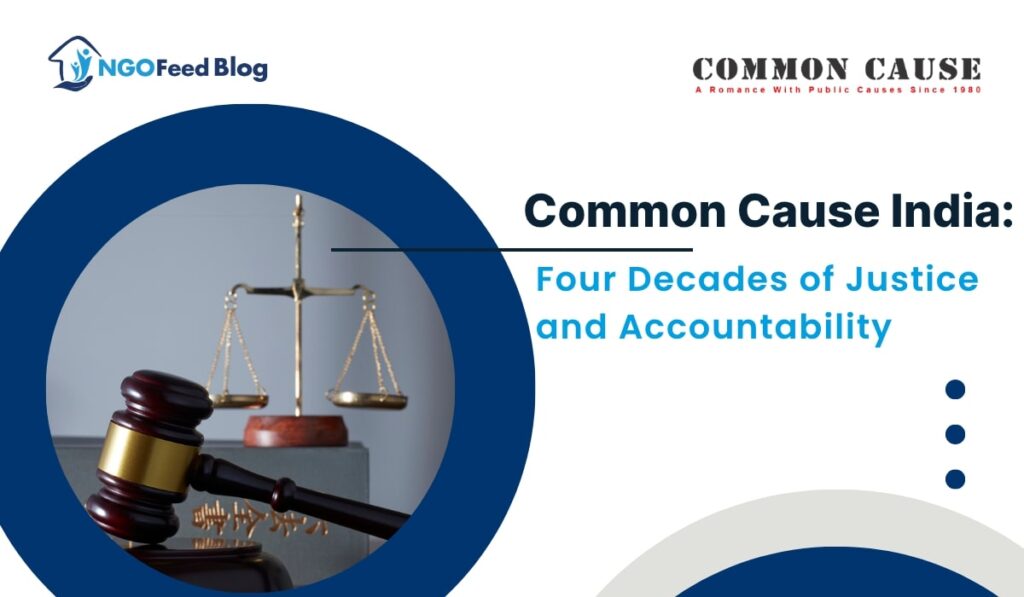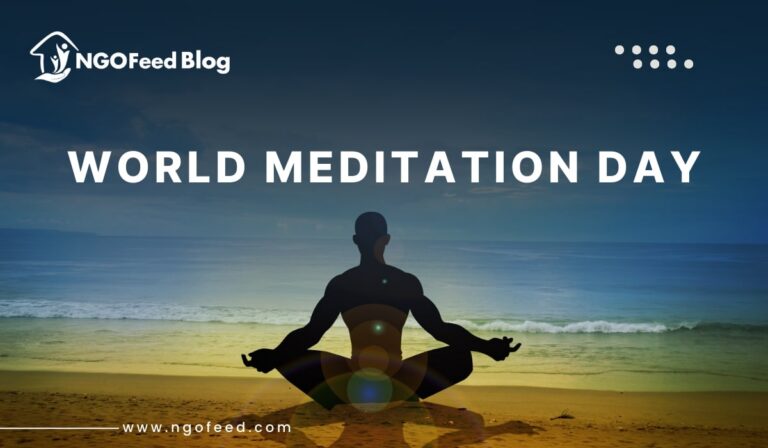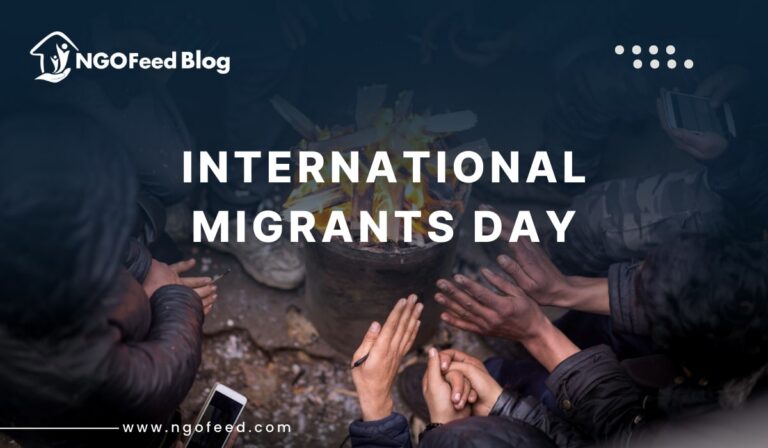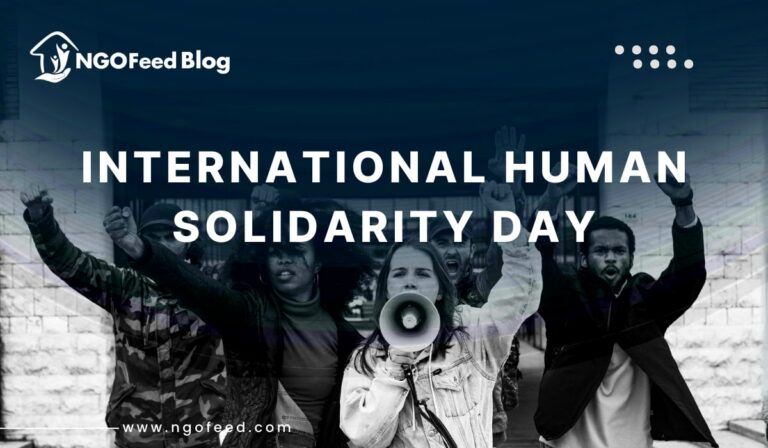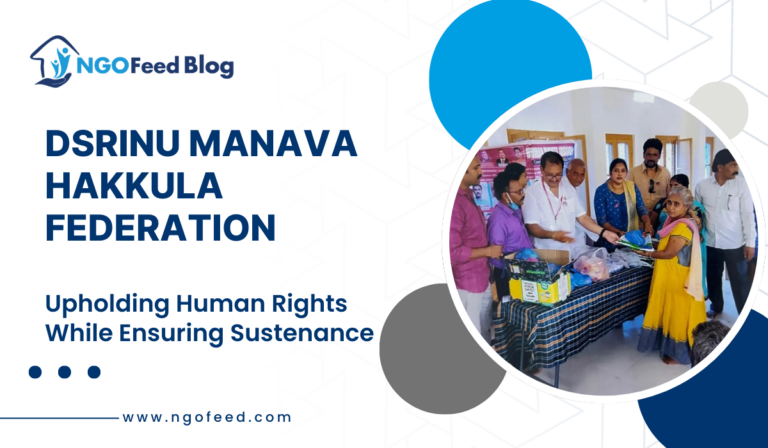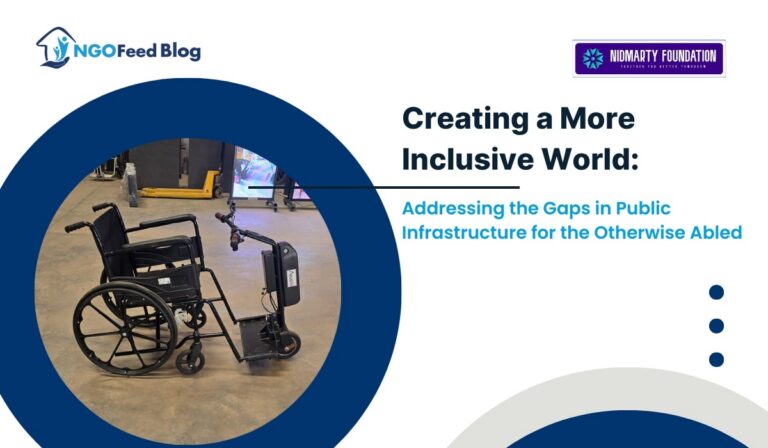Common Cause India, an NGO established in 1980 by H.D. Shourie, is arguably one of the most distinguished organizations in India working in the area of governance and public accountability. Unlike NGOs that undertake service-oriented functions related to education or healthcare, Common Cause has a long history of undertaking the cause of justice through public interest litigations (PILs), advocacy work and action research.
Over the last four decades, this NGO has contributed to significant changes in a wide variety of issues related to pension reform, transparency on usage of public resources, freedom of expression and political finance. This research work examines the history, vision, achievements and challenges faced by Common Cause, while reflectively considering its continuing relevance to public issues in the context of democracy in India.
Table of Contents
What is Common Cause India?
Democracy does not rely only on elections and parliaments. It also depends on vigilant citizens and civic organizations that helps to keep institutions honest and accountable. In India, a country with both vibrant democratic history and deep governance challenges, NGOs often step into this watchdog role. Common Cause is one of the NGOs that has built a unique identity.
While most NGOs operate at the grassroots level providing direct services, Common Cause has chosen a different path. It primarily works in the courts, in policy circles and through public campaigns to address systemic issues. Its goal is not to solve individual complaints, but to push for structural reforms that would benefit millions. This approach has earned it respect, but also criticism as its cases often touch sensitive political and institutional nerves.
History and Origins
Common Cause was founded by H. D. Shourie, a civil servant who, after retirement, wanted to use his experience to improve governance in India. The late 1970s were a turbulent time in India’s history, characterized by the Emergency, when civil liberties were suspended. In this context, he established Common Cause in 1980, intending to devote the organization to the “causes of common citizens.”
The first large intervention of the NGO was for pensioners. Many retired public workers were coping with inadequate pensions and there was little legal certainty about their rights. By filing a case in the Supreme Court, Common Cause obtained judgments that improved the lives of approximately 4 million pensioners. This first intervention gave the organization credibility and credence, as it set the stage for future interventions, tackling systemic issues, established in court and with relevance across the country.
Vision and Mission
The vision of Common Cause is based on accountability and fairness. It envisions an India where institutions operate on integrity, citizens are treated with dignity and the government is aligned with the citizens. This commitment is embodied in the mission statement to promote important public causes and protect the rights and entitlements of citizens.
This mission is broad overall, but in practice, Common Cause has focused on four themes:
- Fighting corruption and misuse of public resources.
- Strengthening the independence of institutions.
- Defending civil liberties, especially freedom of expression.
- Promoting transparency in governance and politics.
How Common Cause Works?
Unlike NGOs that run schools or clinics, Common Cause takes a primarily three pronged approach:
- Public Interest Litigation (PIL): This is its primary means of action. By taking issues to the Supreme Court (or High Courts), the NGO engages with gaps in governance that impact millions rather than an individual.
- Research and Reporting: Common Cause produces publications like the Status of Policing in India Report (SPIR) that provides hard data to add information to the public debate about the rule of law and policing.
- Advocacy and Campaigns: Common Cause advocates around public policy, sends public policy recommendations to Parliamentary committees, and raises awareness through seminars and media.
The multi-approach of the organization not only enables them to result in cases, but also build public conscience around some reforms.
Major Contributions of Common Cause
- Pensioners’ Rights: Common Cause’s initial campaign changed the lives of millions of retired people. By bringing about better pension payments through court decisions, it gained the respect of ordinary citizens and established the reality that a small NGO could speak on behalf of a sizable community.
- Transparency in Resource Allocation: During the 2000s, the NGO was instrumental to the 2G spectrum allocation litigation and coal bloc allocations. In both situations, the cases revealed the arbitrary nature of distributing natural resources frequently to private actors with political advantages. In the end, the Supreme Court cancelled these allocations and provided a strong message that public resources need to be allocated with transparency.
- Free Speech Online: In 2015, Common Cause supported the landmark case that struck down Section 66A of the IT Act. This section allowed the government to arrest people for “offensive” online posts, a vague and dangerous restriction. The court’s decision strengthened freedom of speech in the digital age.
- Political Advertising: Another important intervention came when the NGO challenged the misuse of taxpayer money on political advertisements. The court ruled that, government ads should not be used for self-promotion of ruling parties.
- Electoral Bonds Case: Most recently, Common Cause was one of the petitioners in the Electoral Bonds case, which challenged the scheme that authorized unlimited and anonymous donations to political parties from corporations. The court struck down the scheme, with the majority characterizing its ruling as a landmark decision in the battle for transparency in political funding.
- Status of Policing in India Report (SPIR): Common Cause has supported research work aside from the courtroom. Each year, Common Cause releases its SPIR, which highlights the state of citizen-police relations, the trust level and identifying systemic issues with policing. This yearly report has become an important resource for policymakers, journalists and civil society.
Common Cause India Achievements and Impact
The impact of Common Cause can be measured both in legal victories and in the broader public conversation it has shaped. Its court cases have directly benefited millions, from pensioners to citizens demanding transparency in elections. Its reports have given policymakers concrete data to discuss reforms. Most importantly, it has kept the spirit of constitutional accountability alive, reminding both the government and the public that democracy requires vigilance.
Strengths
- Credibility: Established over decades and earned a reputation for integrity.
- Legal Success: Multiple landmark cases in the Supreme Court.
- Research Quality: Evidence-based reports that reinforce advocacy.
- Non-Partisan Image: While it has been criticized as only being able to focus on issues, it is nonetheless seen broadly as issue-driven rather than party-driven.
- Longevity: Many organizations hub will continue to do the work without interruption since 1980 which proved to be a miracle for Indian NGOs.
Criticisms and Challenges
Like any organization that goes up against powerful interests, Common Cause has faced some criticisms.
- Allegations of Politicization: Some allege that its PILs are biased against certain governments and officials. This was particularly the case when it challenged the appointment of a CBI official, which some construed as being politically motivated.
- Implementation Gap: Winning cases is great but implementing the judgment is another story altogether. Many decisions are implemented in “slow motion.”
- Financial Challenges: Unlike some of the much larger NGOs with international funding, Common Cause has relatively modest financial resources and this limits its ability to reach out.
- Over-Reliance on Courts: They have focused on litigation that sometimes overshadows direct citizen engagement.
- Institutional Resistance: Like most organizations that take on powerful institutions, pushing back often meets with backlash, slow to respond adherents and sometimes attempts to discredit the organization.
Suggestions
For Common Cause to remain relevant and effective, it may need to adapt in a few ways:
- Diversify Funding: Build partnerships with philanthropic and CSR initiatives while safeguarding independence.
- Go Beyond Courts: Balance litigation with grassroots work and citizen engagement.
- Use Technology: Harness social media and digital campaigns to connect with younger audiences.
- Expand Themes: Tackle new issues like privacy, surveillance, AI regulation and climate governance.
- Measure Impact: Regular assessments of its PIL outcomes could help refine strategies.
Conclusion
Common Cause holds a unique place in India’s civil society. It does not run health camps or construct schools, but it orients action to hold power accountable. Its area of concern might be pensions, political funding, coal mines or free speech online, but by taking action in these areas, Common Cause has impacted the lives of millions of Indian citizens, often in ways that they do not fully appreciate.
Common Cause’s work is not without its complications, but its past has been one of semblance, resilience, and commitment. In a democracy where institutions are struggling, Common Cause provides a necessary reminder that citizens need champions outside the power of state. Their story is not just a story of one NGO, but the story of Indian democracy, with its ever present balancing act between power and accountability.
References
- Common Cause (2025) Who We Are https://www.commoncause.in
- Wikipedia (2025) Common Cause (India)- https://en.wikipedia.org/wiki/Common_Cause_%28India%29
- The Hindu (2012) – SC cancels 122 2G licences.
- India Today (2024) – Electoral Bonds Case: NGO moves Supreme Court for probe
- Scroll.in. (2017) – NGO challenges appointment of CBI Special Director Rakesh Asthana.
- Supreme Court of India (2015) – Shreya Singhal v. Union of India.

